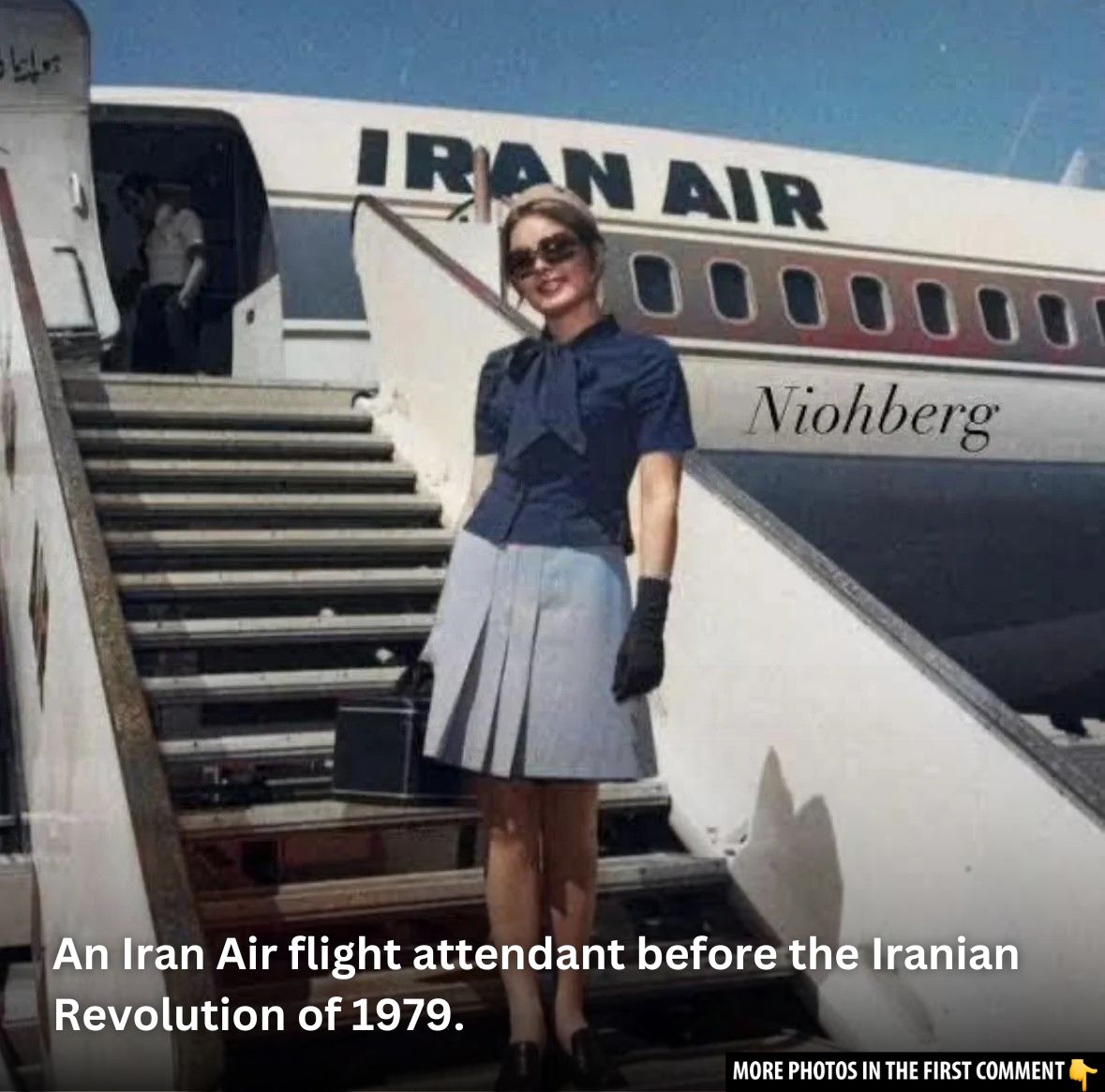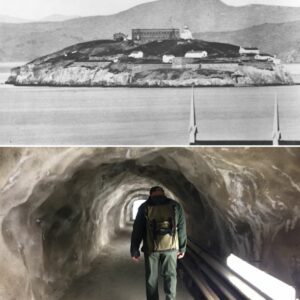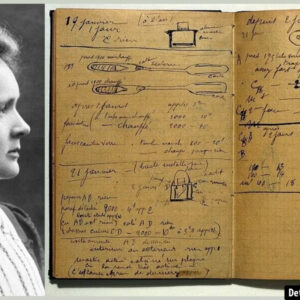Before the seismic shift brought by the Islamic Revolution of 1979, Iran was an entirely different world. The Iranian society that existed in the 1960s and 1970s bore little resemblance to the theocratic state that emerged after the revolution. The period before 1979 was a time of rapid modernization, where Iranian cities thrived with a blend of Western and Eastern influences. The Iranian people experienced a transformation in social structures, economic prosperity, and the evolution of women’s rights. Through a series of rare vintage photographs, we can see the vibrant life that once existed in Iran before the revolution, a life that, for many, has become only a distant memory.
The Roots of Revolution: Early Years of the Pahlavi Regime
The roots of the Islamic Revolution are deeply embedded in Iran’s long history, particularly during the reign of the Pahlavi dynasty. After a U.S.-backed coup in 1953, which saw the overthrow of Prime Minister Mohammad Mossadegh and the strengthening of Mohammad Reza Shah Pahlavi’s reign, Iran entered an era of transformation. The Shah was keen on modernizing the country, leading to the creation of the White Revolution in 1963, a series of reforms that aimed to industrialize Iran, redistribute land, and give women more rights. However, while Iran’s infrastructure was expanding and Western values were taking root, tensions began to brew. The stark contrast between Iran’s economic growth and the increasing inequality, particularly among the rural population, laid the groundwork for the discontent that would eventually culminate in the revolution.
Modernization and Westernization Under the White Revolution
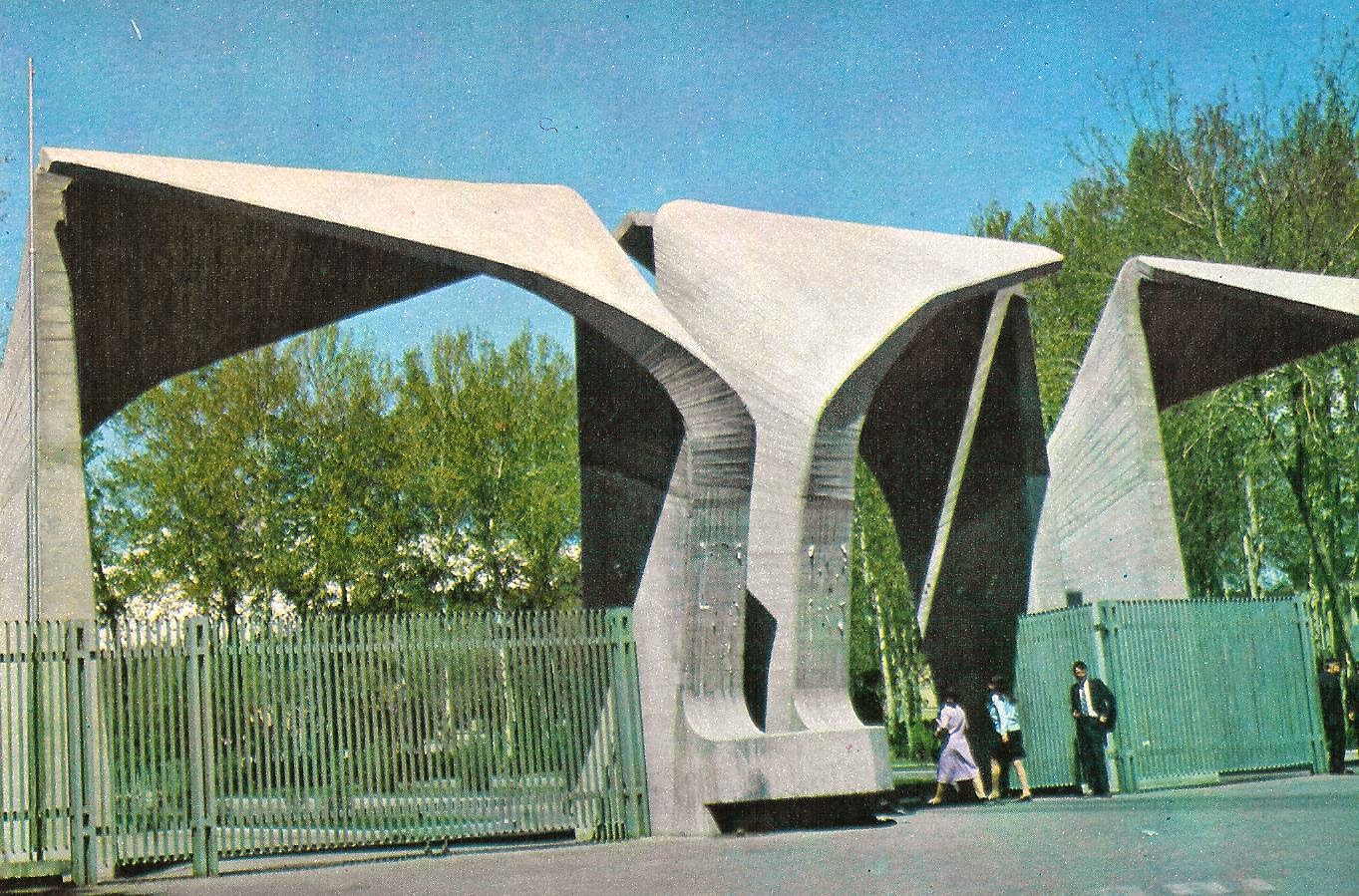
The White Revolution, which focused on modernizing the country and making it more Westernized, played a key role in changing the cultural landscape of Iran. New infrastructures such as highways, schools, and hospitals began to pop up, with Tehran transforming into a bustling metropolis.
Women were granted the right to vote in 1963, marking a significant step forward in women’s rights. However, this wave of modernization created a rift within Iranian society. As Iran’s economic status improved, it led to rapid urbanization, the rise of the bourgeoisie, and a widening gap between the rich and the poor. This economic divide, coupled with the increasing influence of Western culture, led to growing dissatisfaction among the religious and intellectual groups.

Video
Watch Iran (Persia) 1973 Under the Shah to explore the country’s life and culture during the reign of the Shah before the 1979 revolution. A fascinating glimpse into Iran’s past!
The Changing Role of Women Before the Revolution
One of the most remarkable aspects of pre-revolutionary Iran was the dramatic shift in the roles of women. The rights of women were significantly expanded during the Pahlavi era, with many women obtaining access to education, political participation, and professional careers. Miss Iran 1967, Shahla Vahabzadeh, symbolized the progressive changes in women’s rights.

Women were seen in universities, the workforce, and even the fashion industry. They wore Western-style clothing and held prominent positions in society. The vintage photos from this time show Iranian women as confident and ambitious, living a life that mirrored many of their counterparts in Western countries. This was a stark contrast to the restrictive rules that were later imposed after the revolution.
Cultural Shifts: A Modernizing Iran
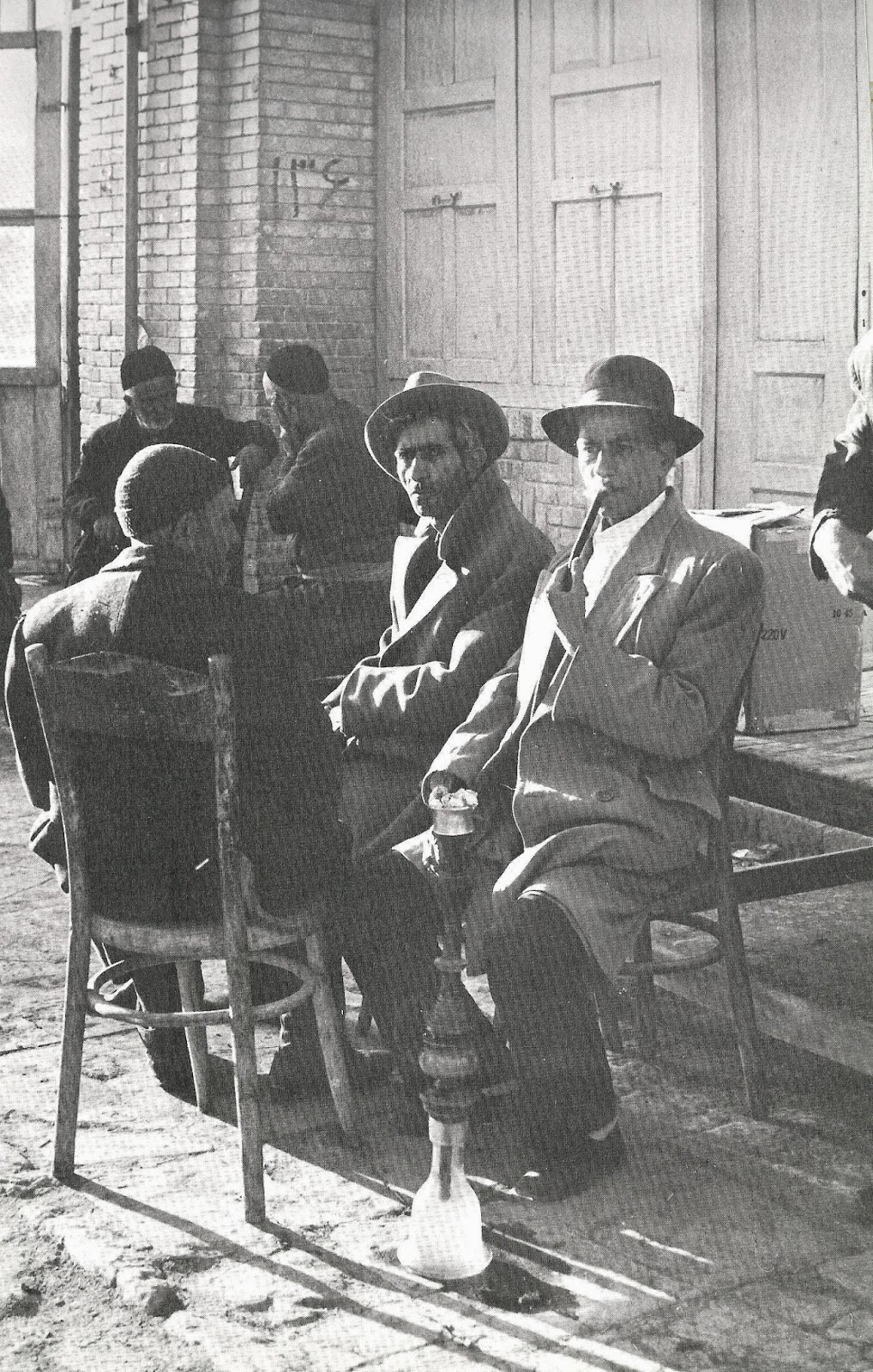
Iran in the 1960s and 1970s was not just transforming economically and socially, but culturally as well. The youth of the country began embracing the modern Western culture that was being brought to Iran. Tehran became a vibrant city with bustling nightlife, fashionable boutiques, and Western-style entertainment. One of the most iconic elements of Iranian culture at the time was the rise of rock ‘n’ roll music, which was embraced by the elite and young Iranians. Photos from this period show a generation of Iranians enjoying a carefree lifestyle that was heavily influenced by the West, from their fashion choices to their music preferences.
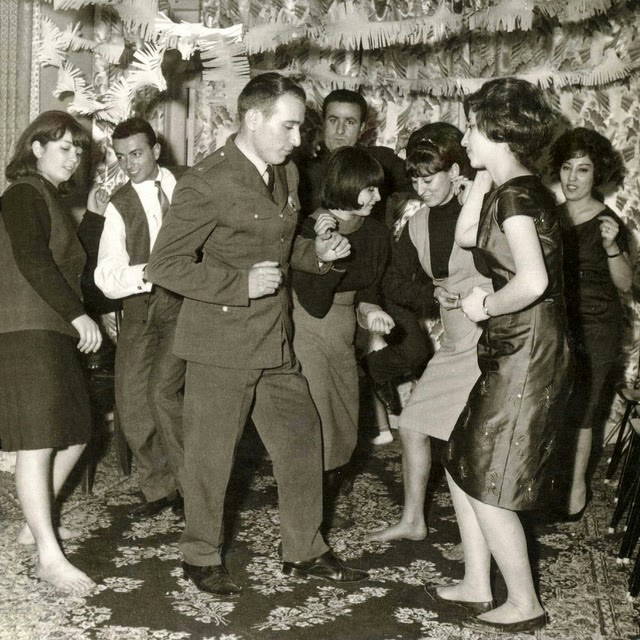
Economic Growth and Political Tensions in the 1970s
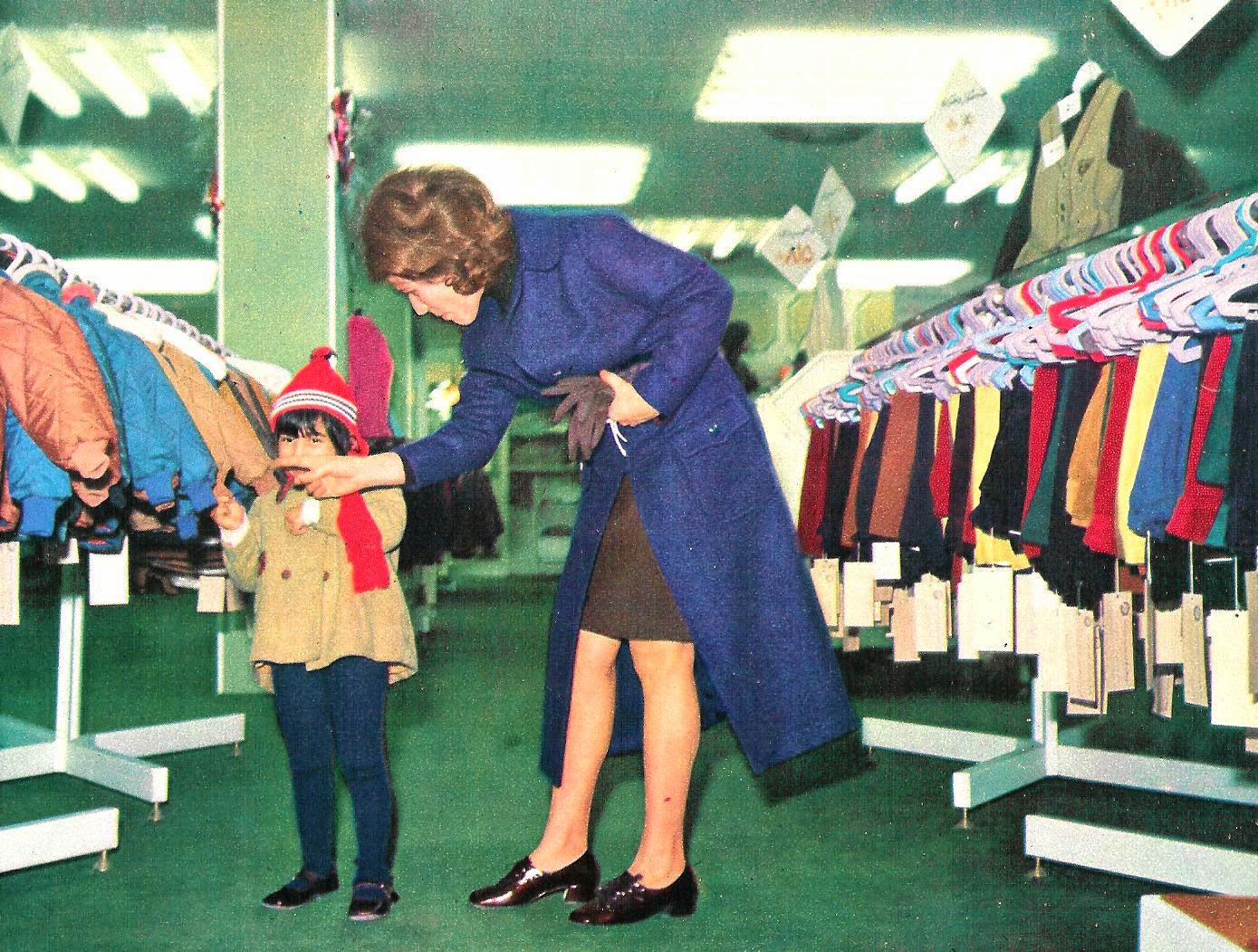
Despite the outward appearance of prosperity, the 1970s were marked by increasing political and economic instability. During the 1970s, high oil prices led to an economic boom. However, this prosperity was not evenly distributed. The rural population and the lower classes saw little benefit, while inflation soared and the standard of living stagnated for many. Protests against the Shah’s government grew, with the working class and intellectuals joining forces to oppose the regime. At the same time, the political repression under the Shah’s regime became more severe. Opposition was met with censorship, surveillance, and often, violence. This period of unrest would set the stage for the revolution.
The Seed of Rebellion: Opposition to the Shah’s Rule
The late 1970s were a period of intense political activity. The discontent with the Shah’s regime reached its peak as opposition groups, including intellectuals, religious leaders, and even members of the upper class, began to openly challenge the monarchy. Ayatollah Khomeini, who had been exiled in 1964 for speaking out against the Shah’s policies, became a focal point for the opposition. Khomeini’s sermons were smuggled back into Iran, and his message resonated with many Iranians who were dissatisfied with the Shah’s authoritarian rule and his close ties to the United States. The protests against the Shah intensified throughout 1978, eventually leading to the Shah’s exile in 1979 and the return of Khomeini.
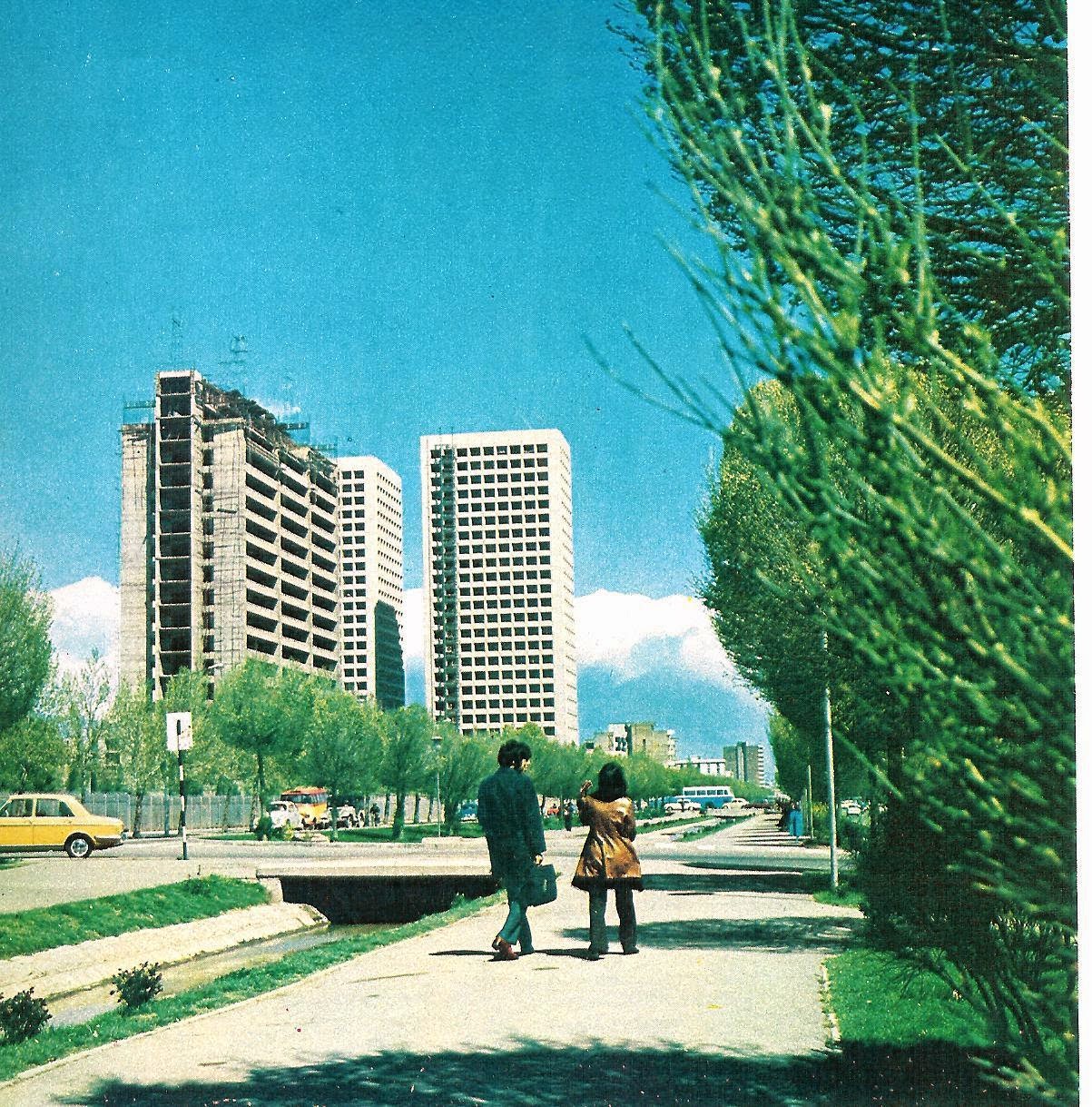
The 1979 Revolution: Transition to the Islamic Republic
The revolution was swift and dramatic. On January 16, 1979, the Shah left Iran, and Ayatollah Khomeini returned to Tehran to an enthusiastic welcome from the Iranian people. The Pahlavi monarchy was replaced with an Islamic republic, and Khomeini became the Supreme Leader of Iran. This marked the end of a monarchy that had ruled Iran for over 50 years, and the beginning of an era that would dramatically alter the country’s social, cultural, and political landscape.
The Impact on Women Post-Revolution
The changes after the revolution were profound. Women, who had once enjoyed greater freedoms, saw their rights stripped away almost overnight. The government implemented strict rules about the dress code, banning Western clothing and requiring women to wear the hijab at all times in public. The new laws were restrictive, and women who had once been professionals were now expected to return to their traditional roles. Many women lost their jobs and were encouraged to stay at home. The progress that had been made for women under the Shah’s regime was rolled back dramatically, and the societal role of women was redefined according to strict Islamic values.
Gallery of Vintage Photographs
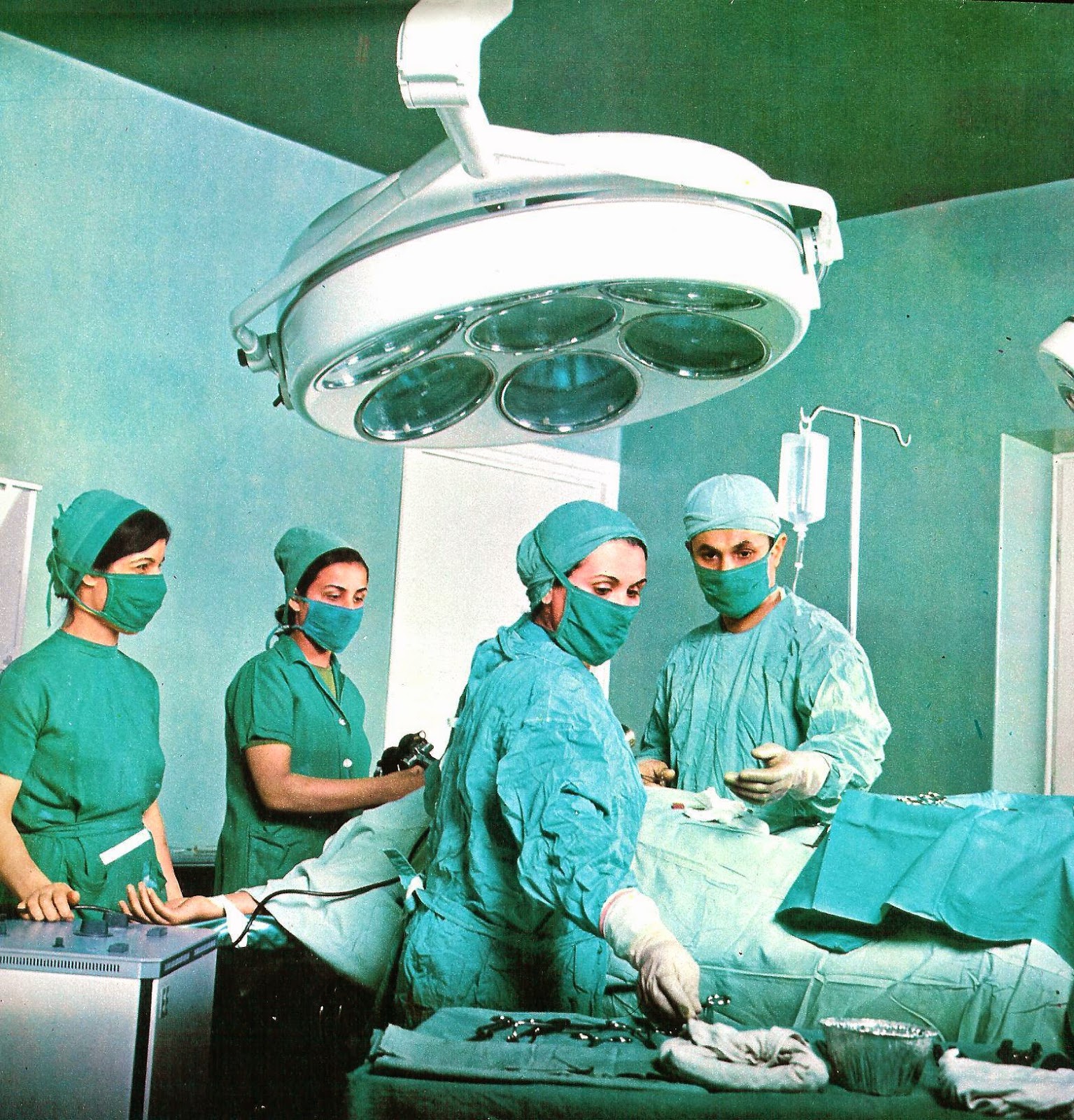
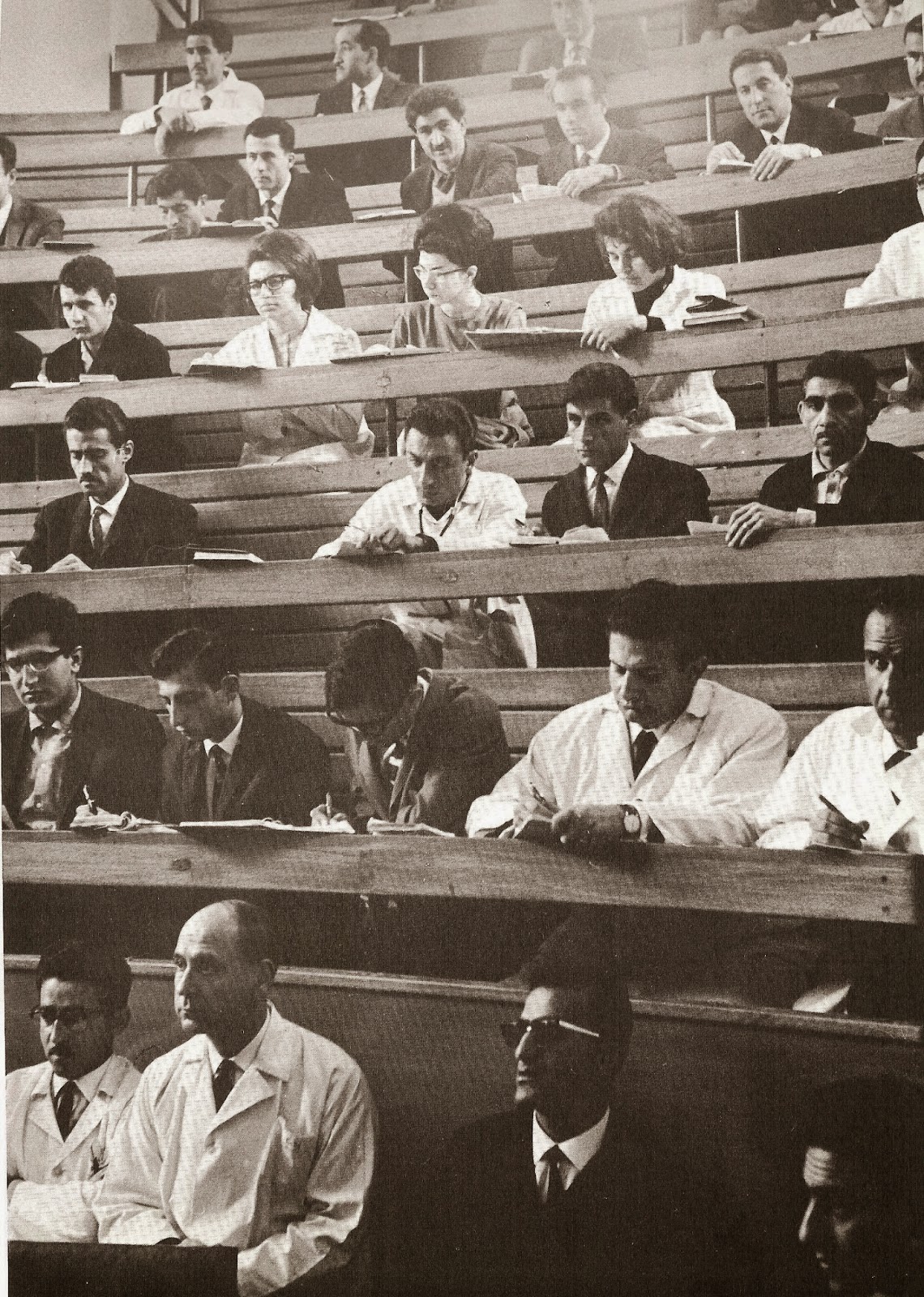
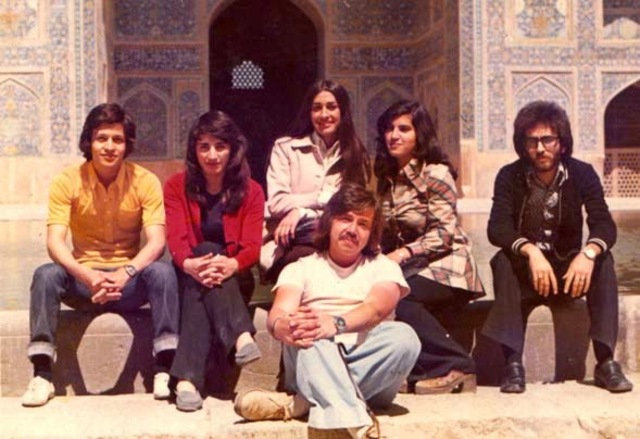
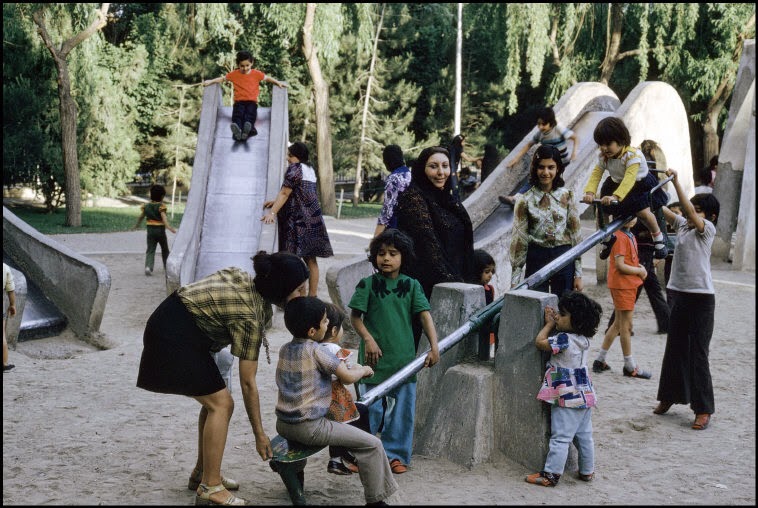

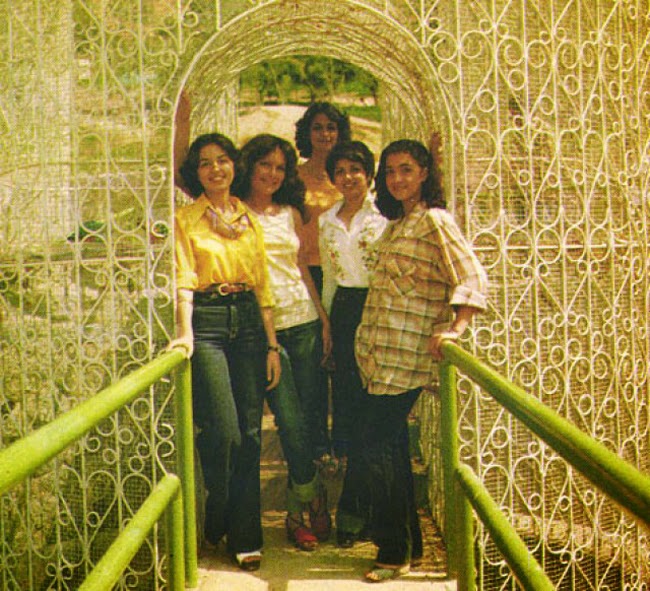
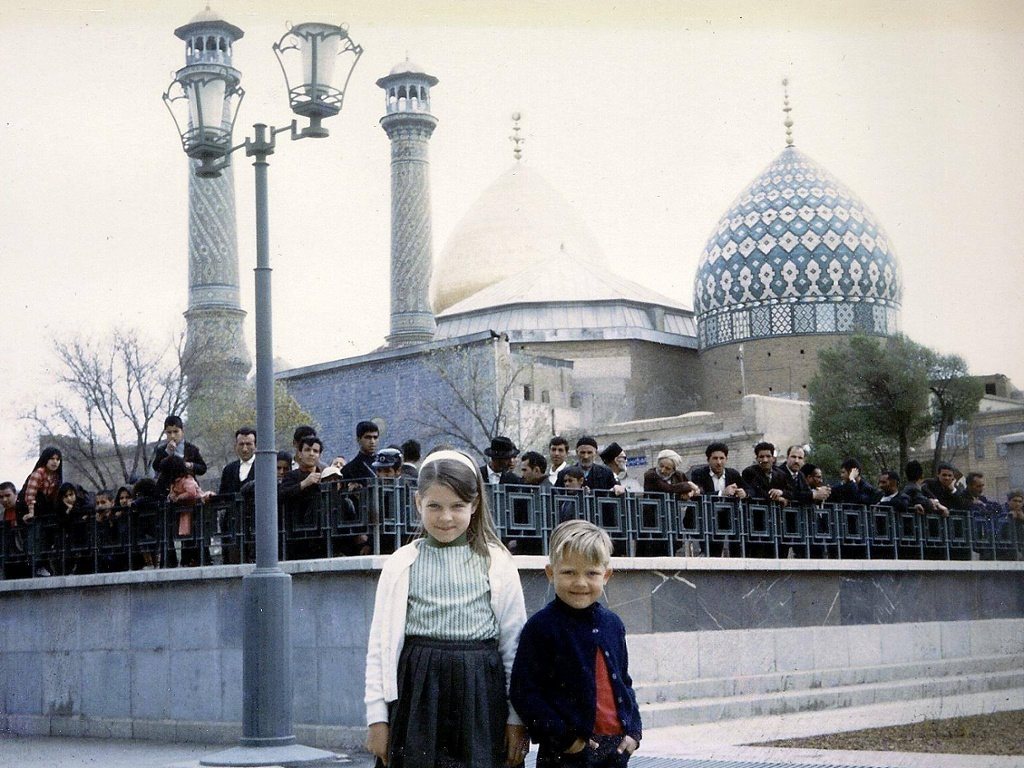

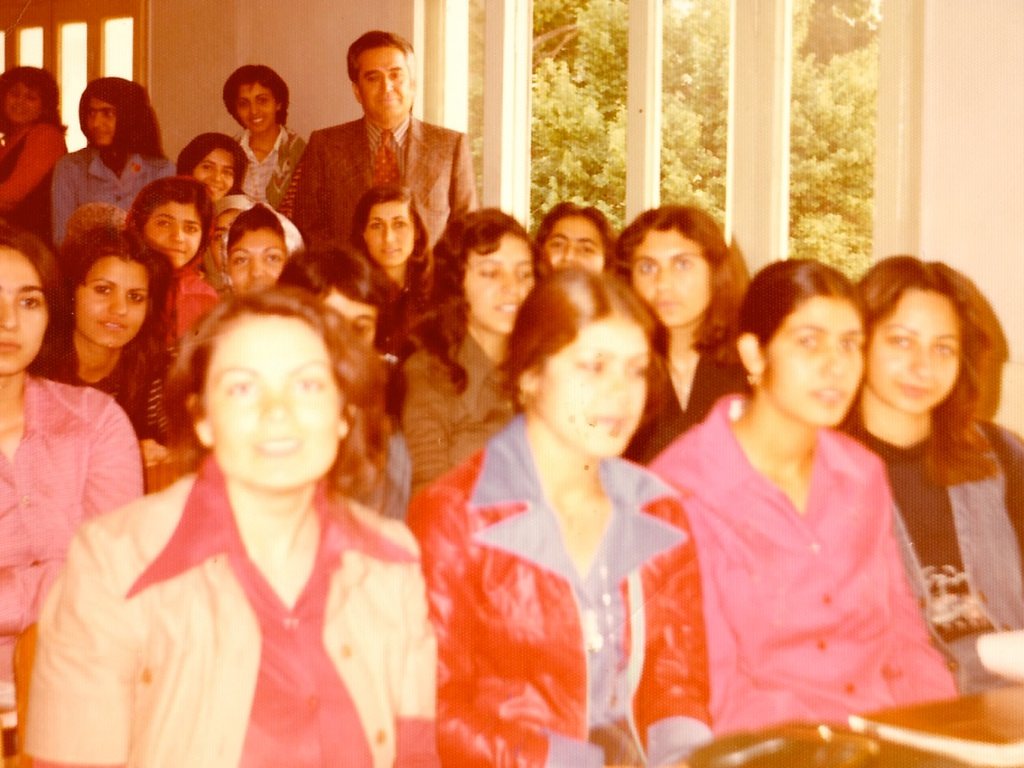
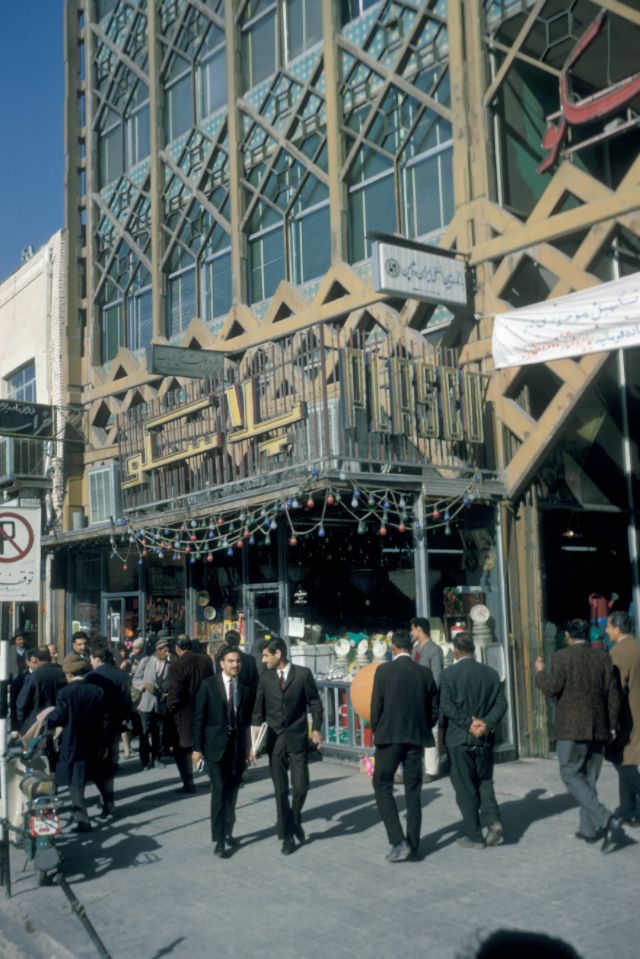
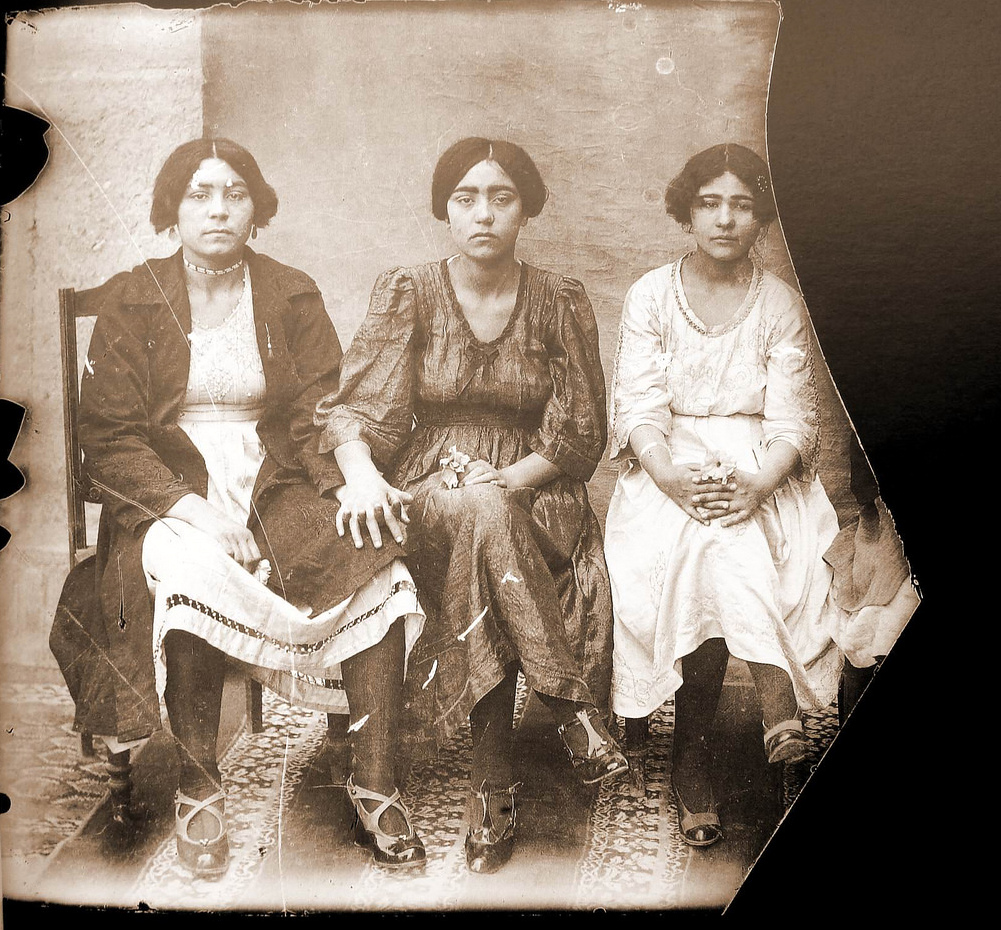
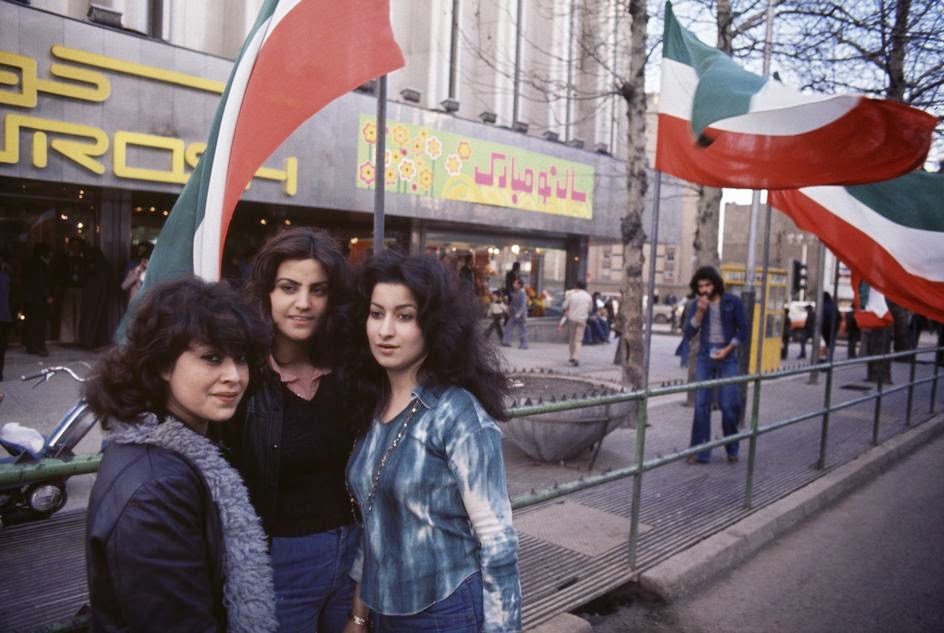
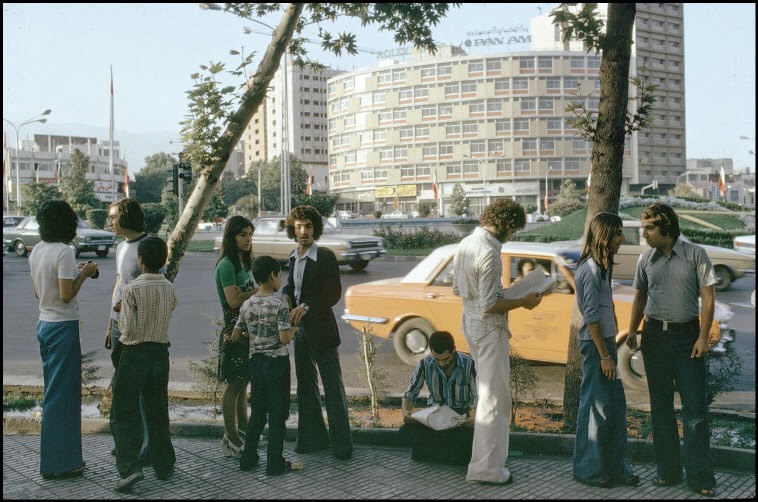
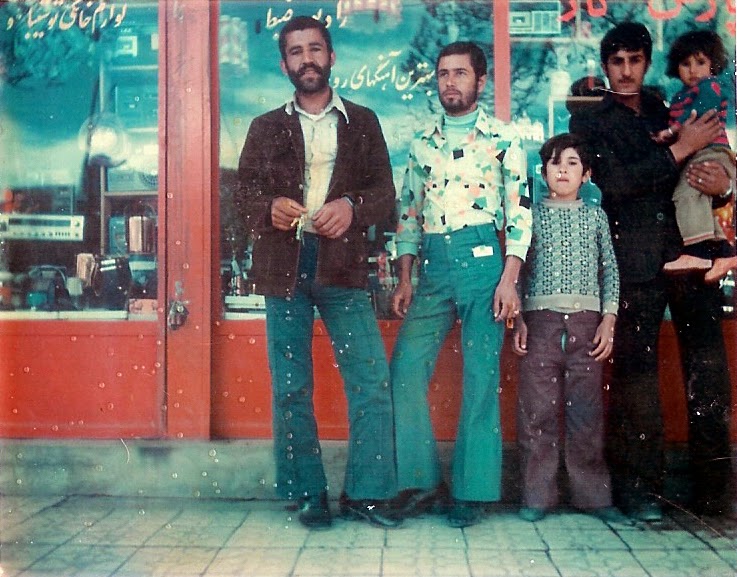
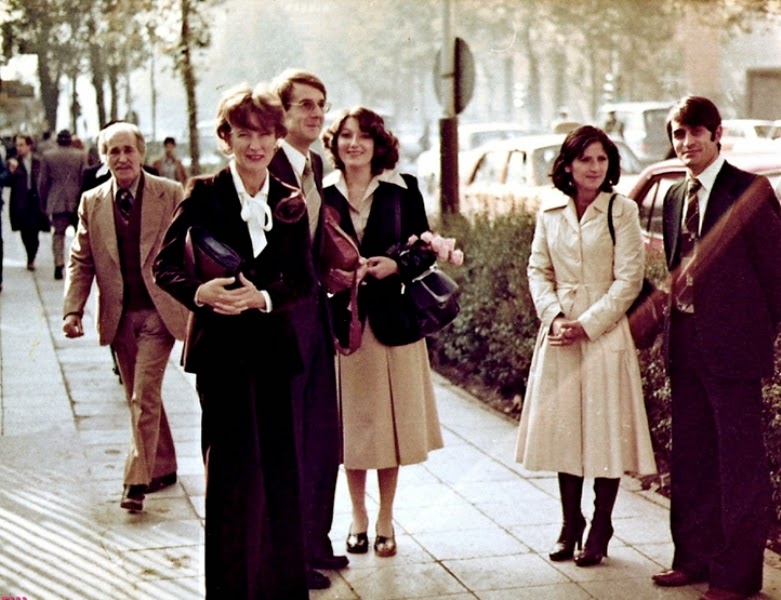
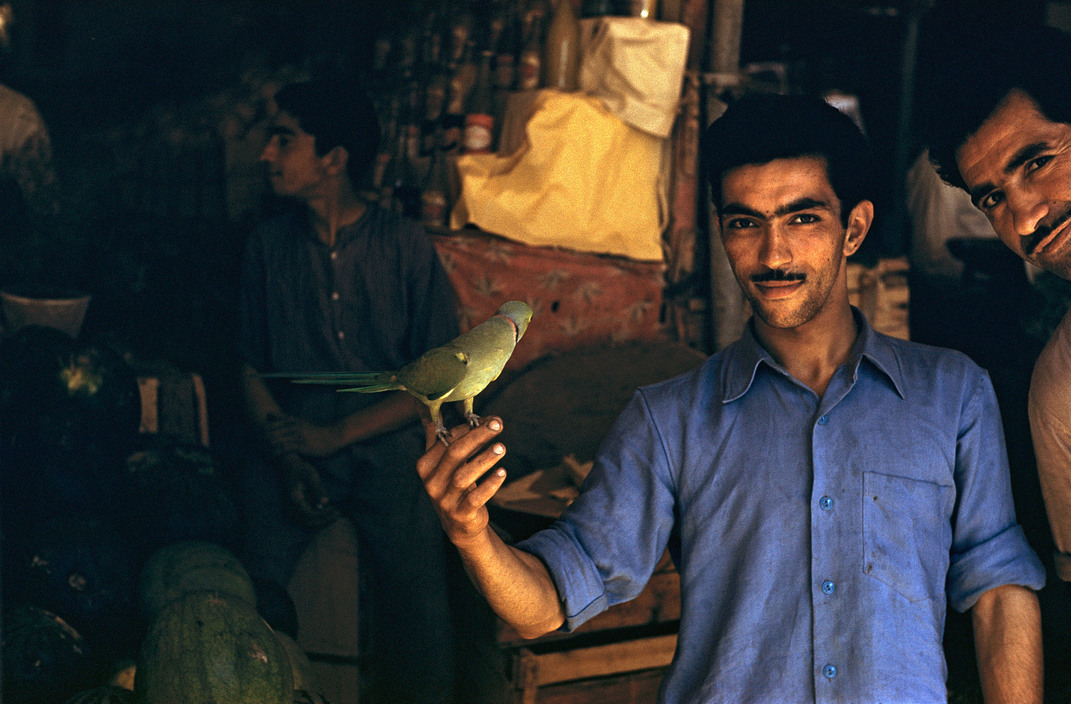
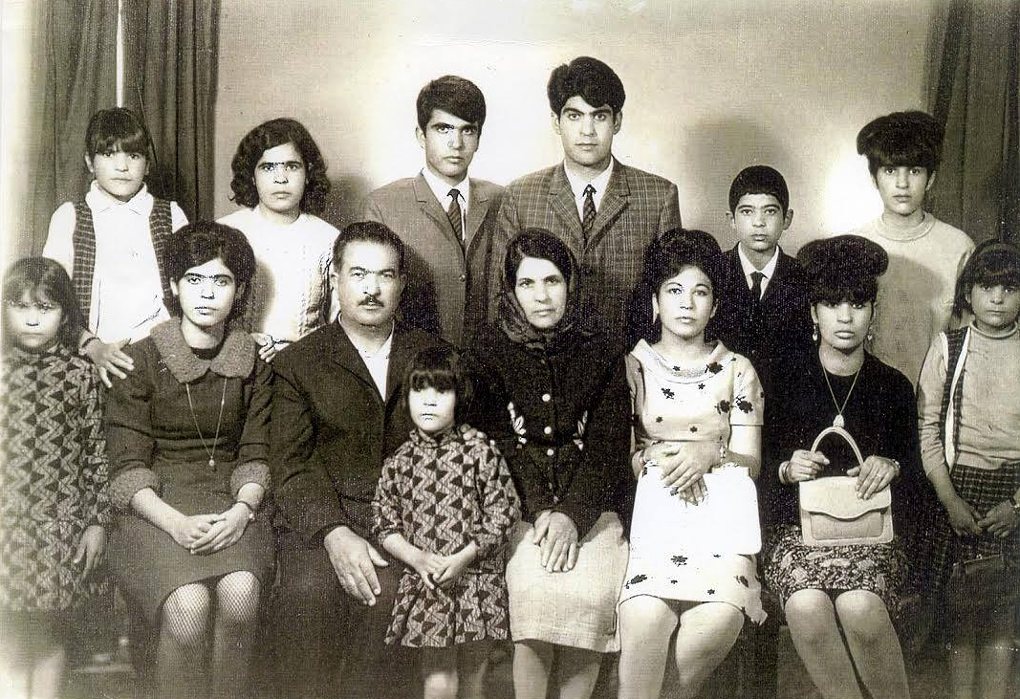

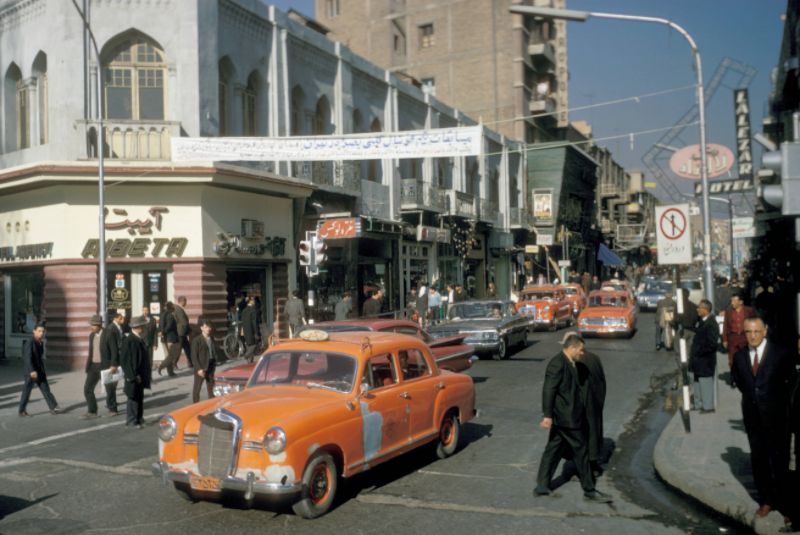
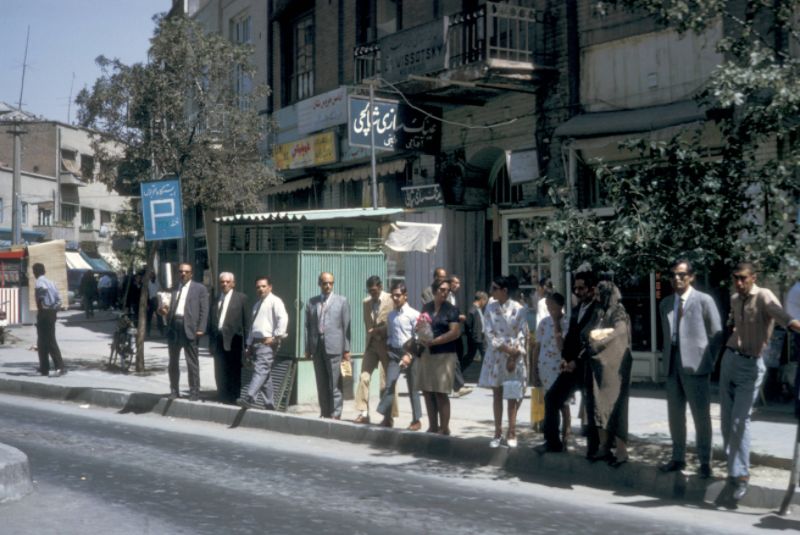
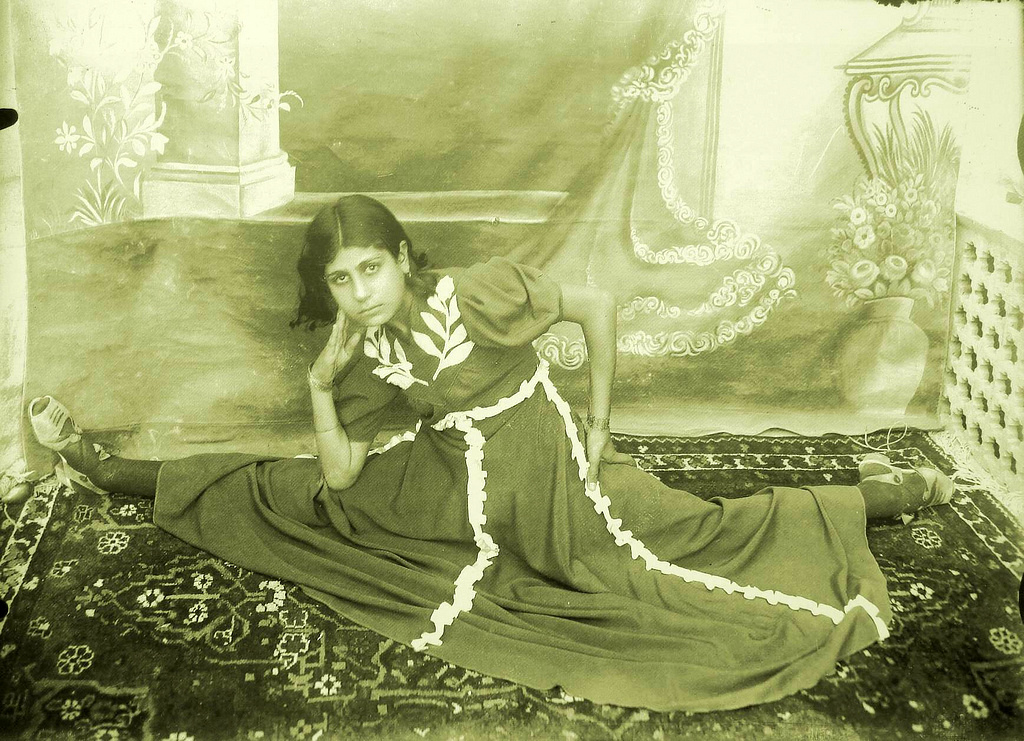

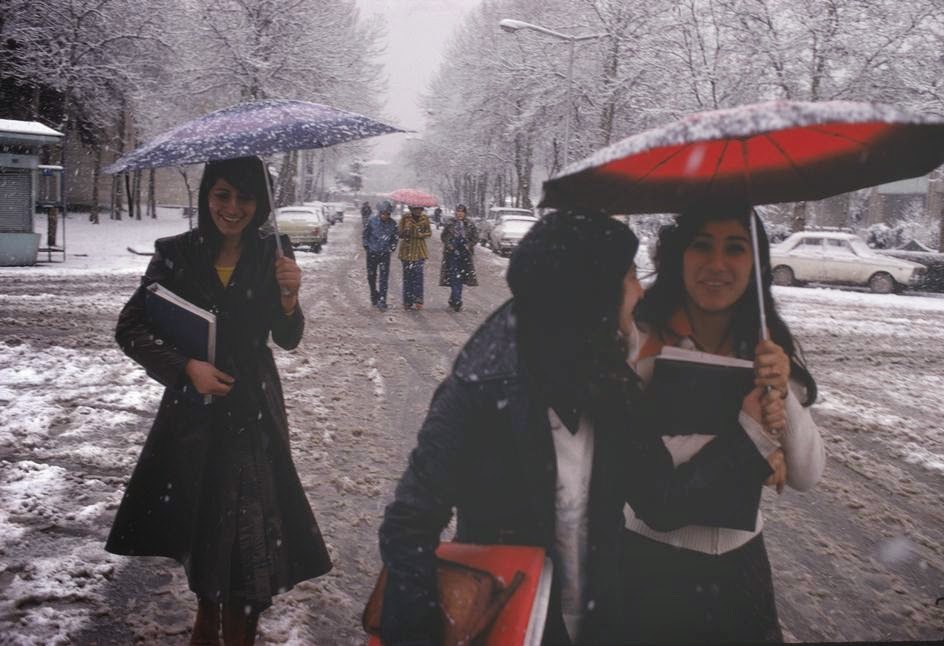
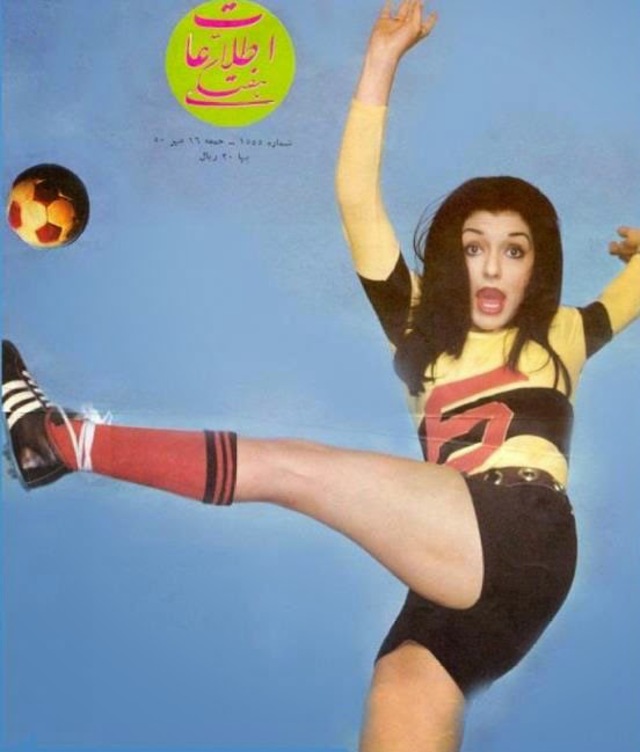
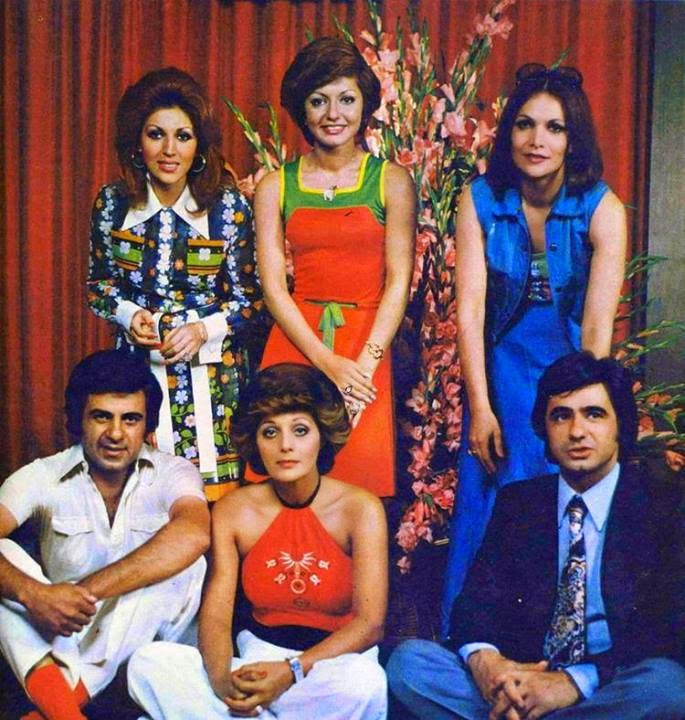


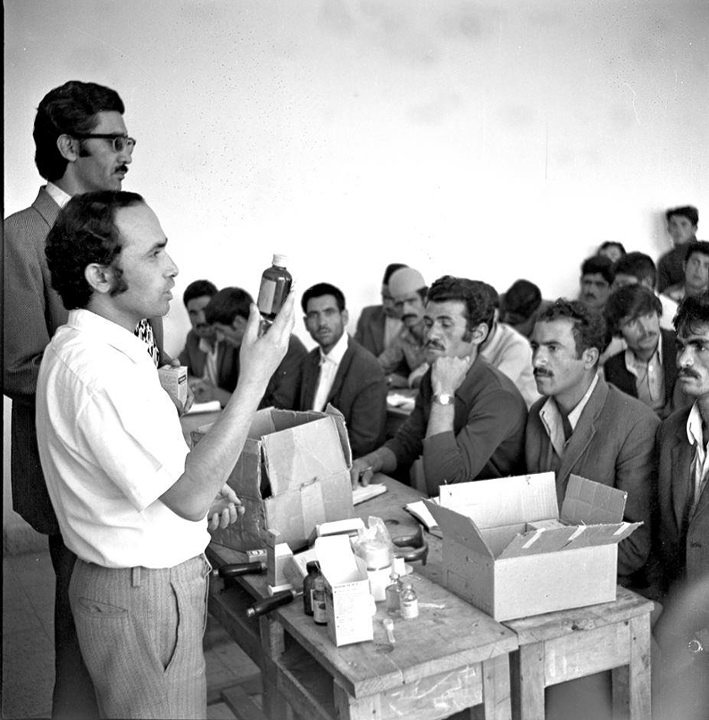
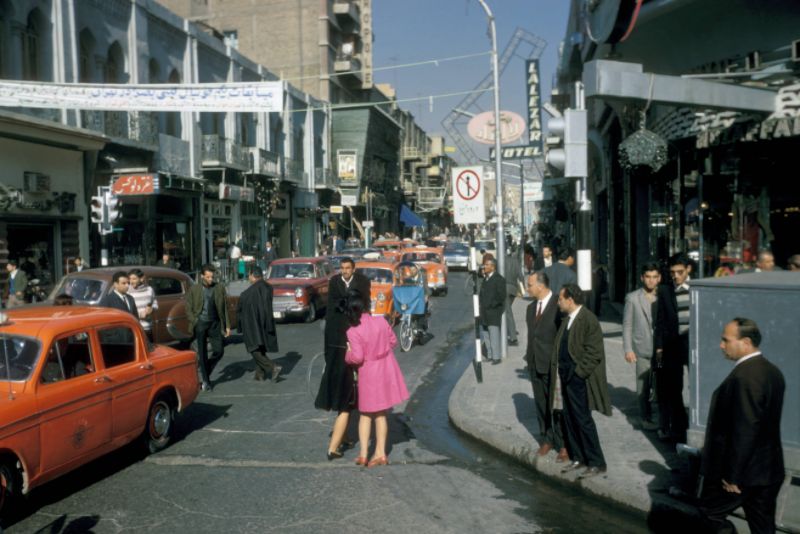
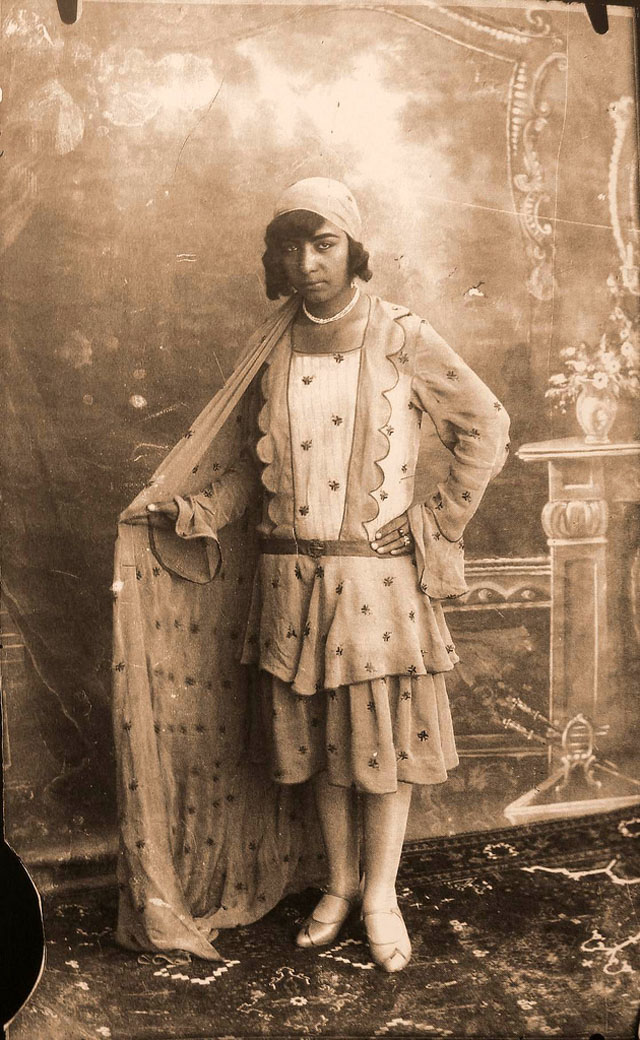
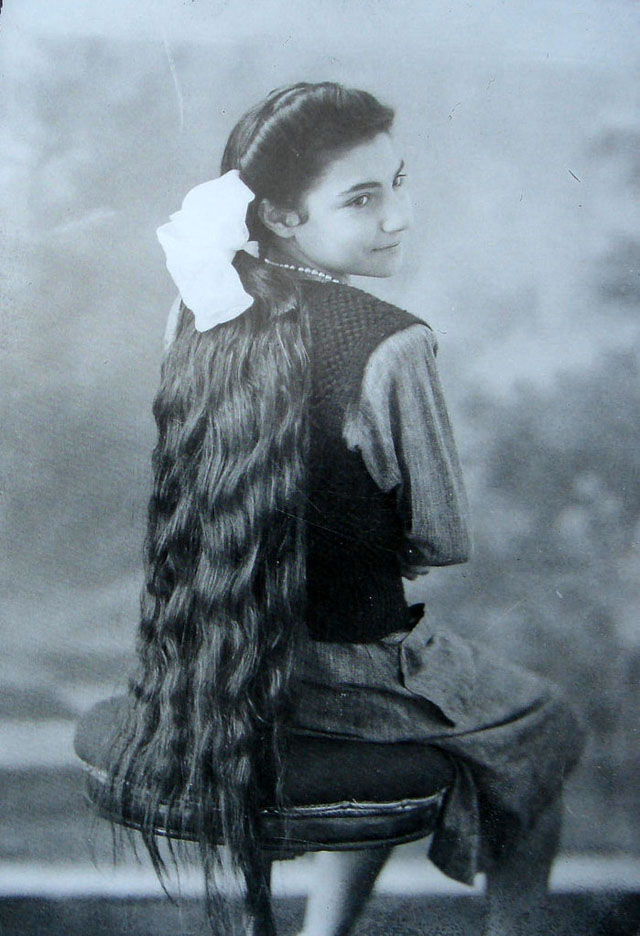
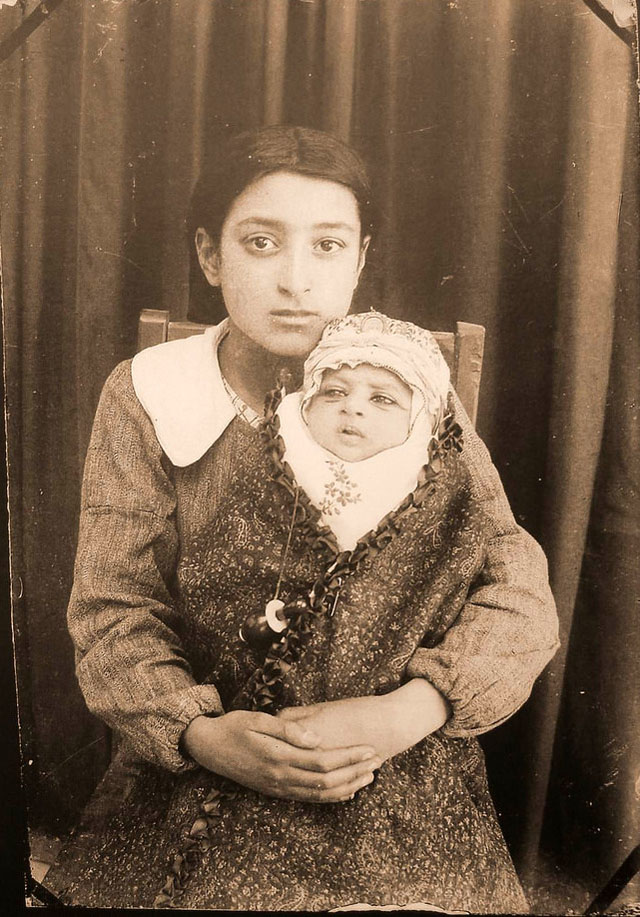
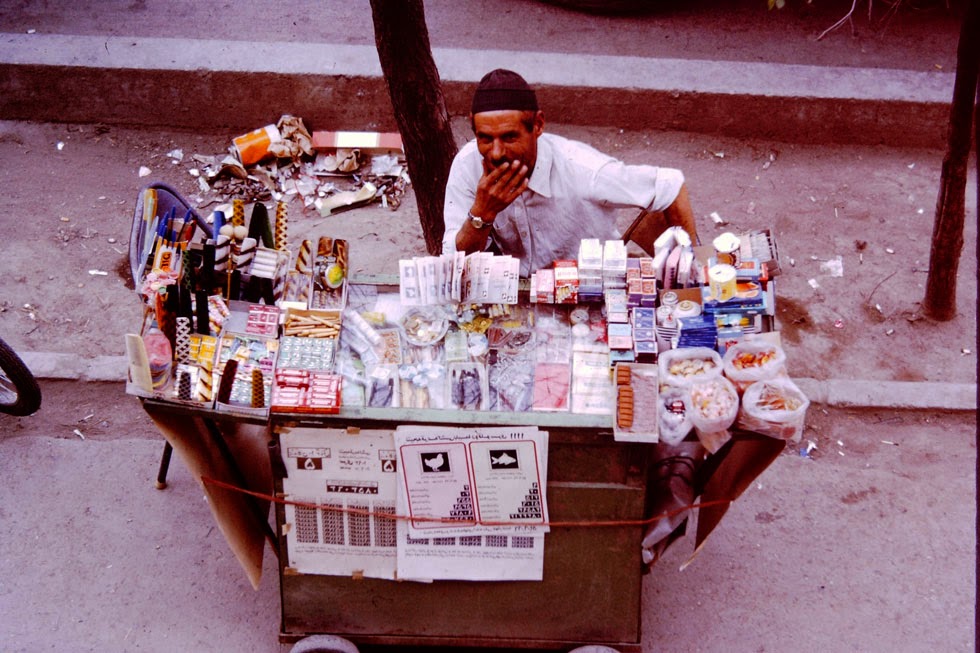
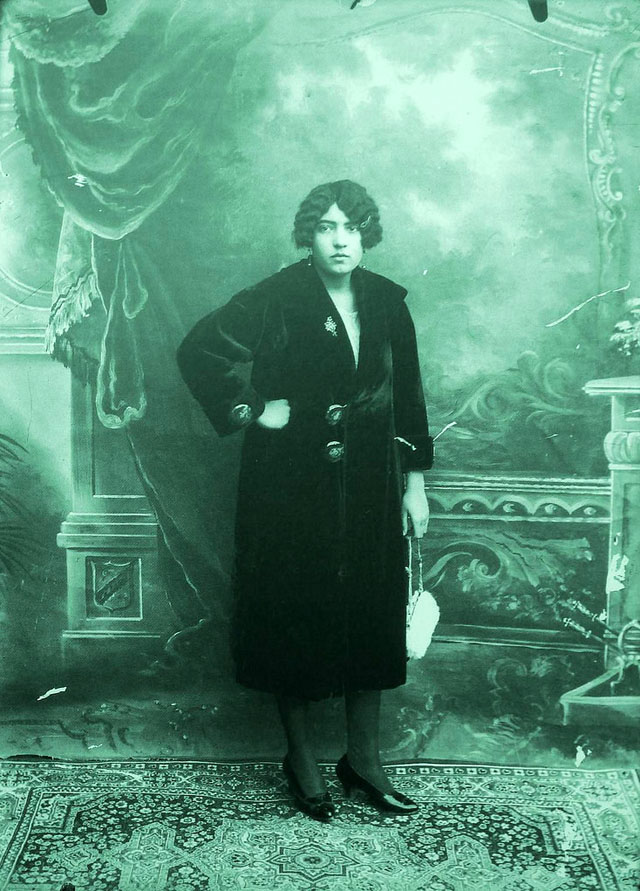
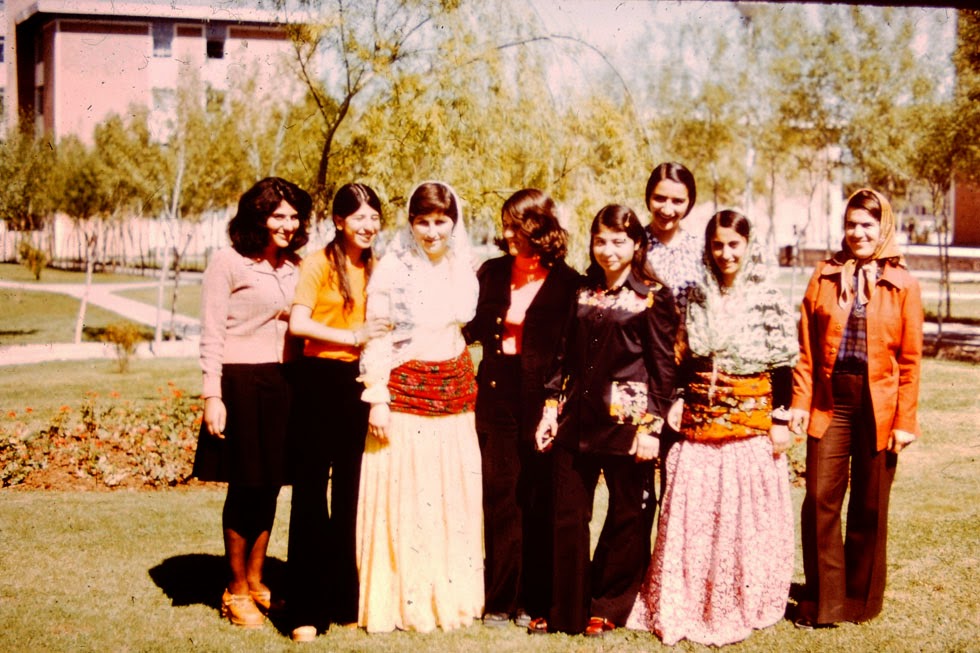
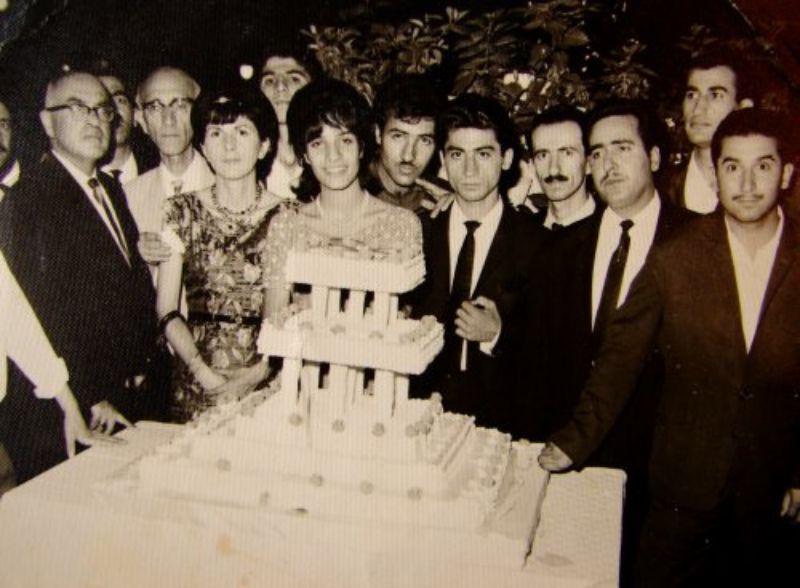
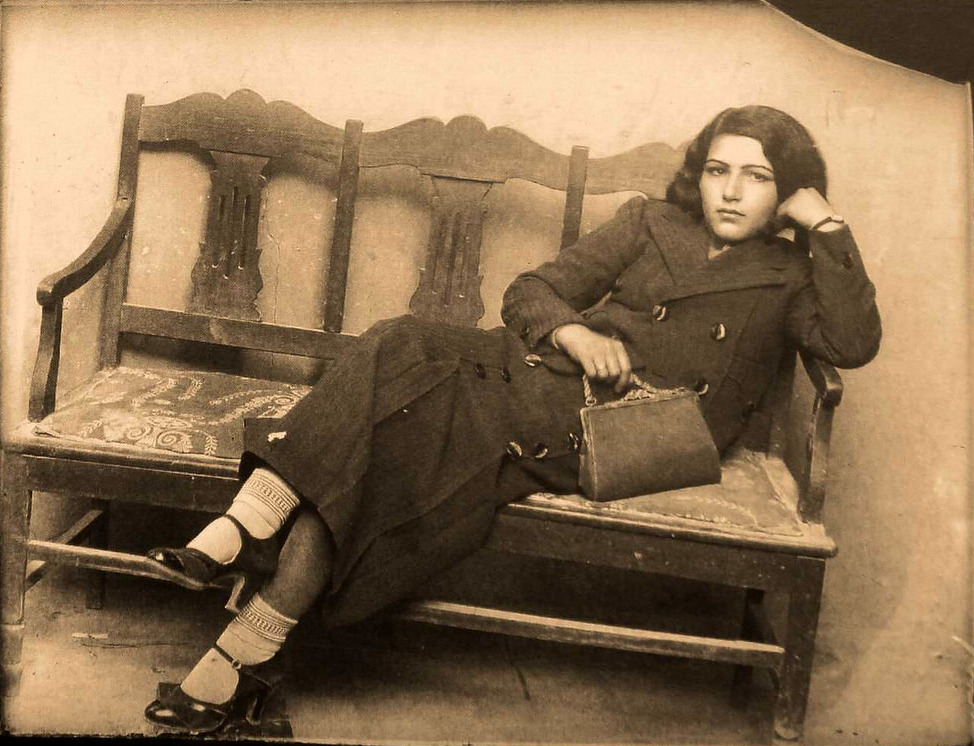
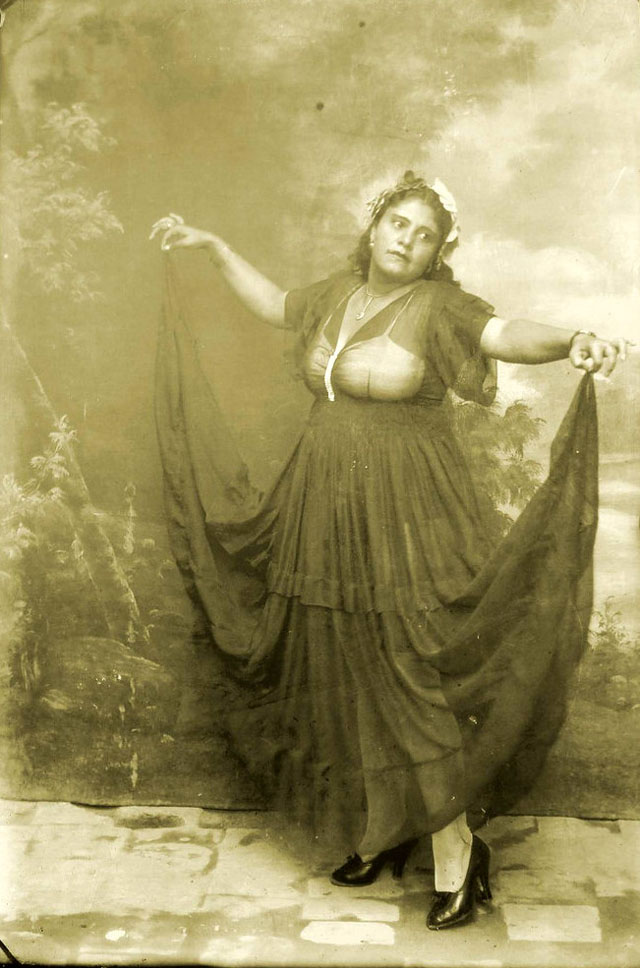
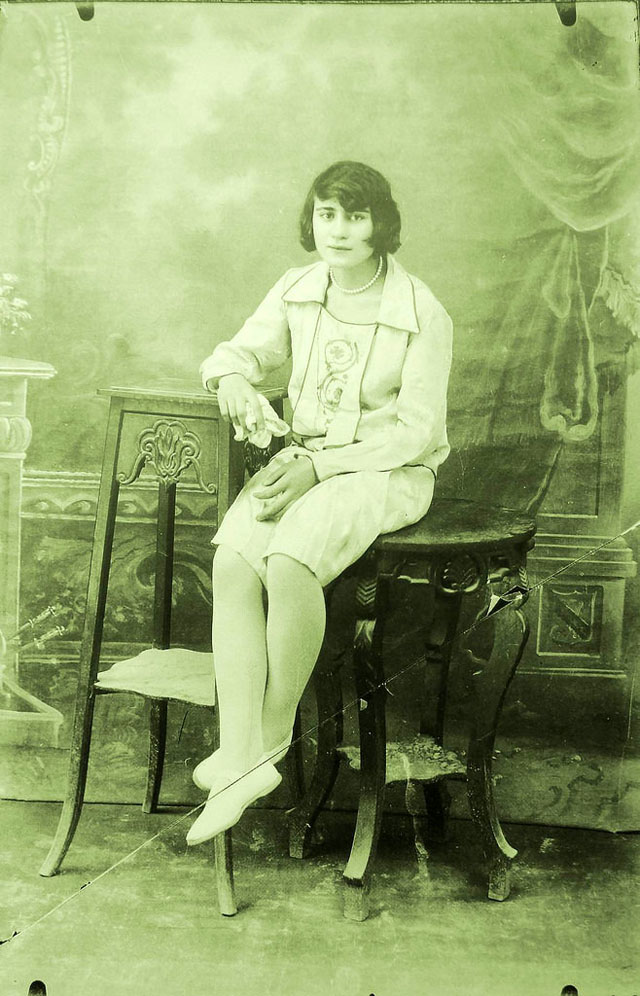
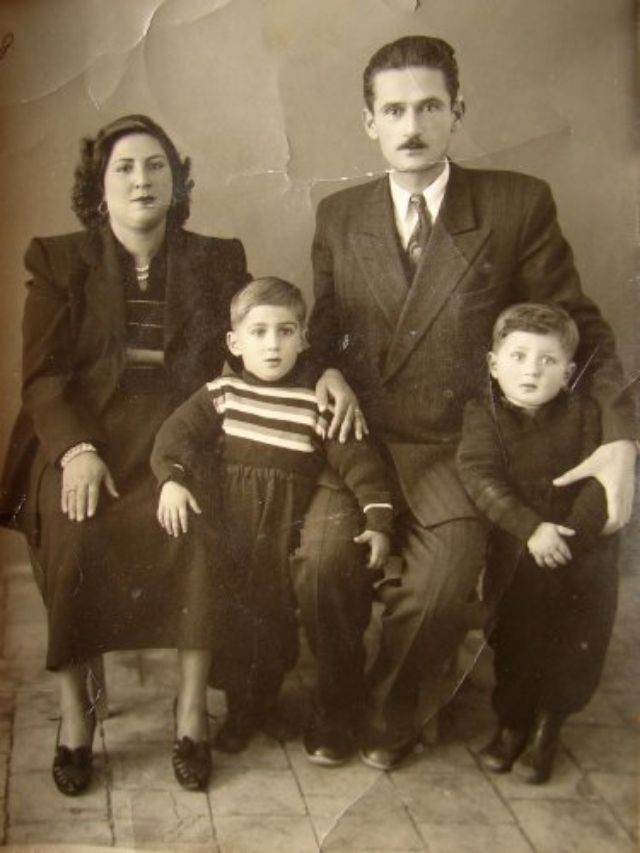
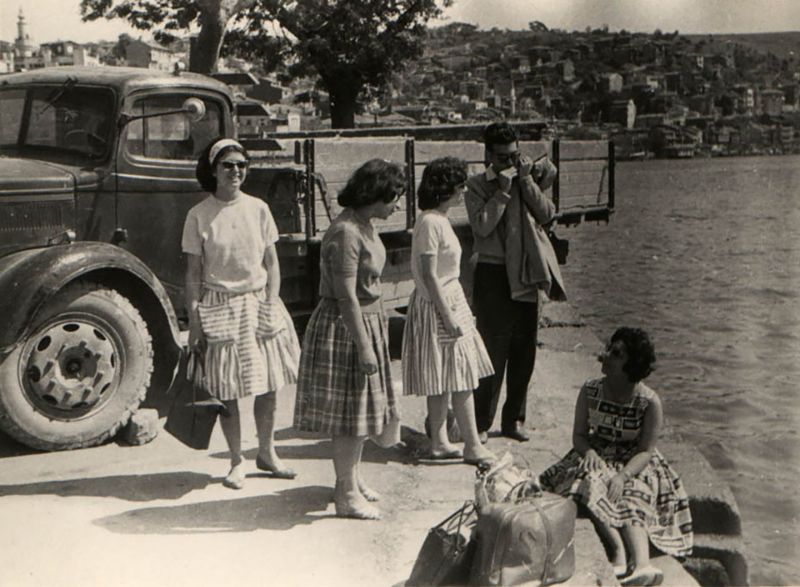
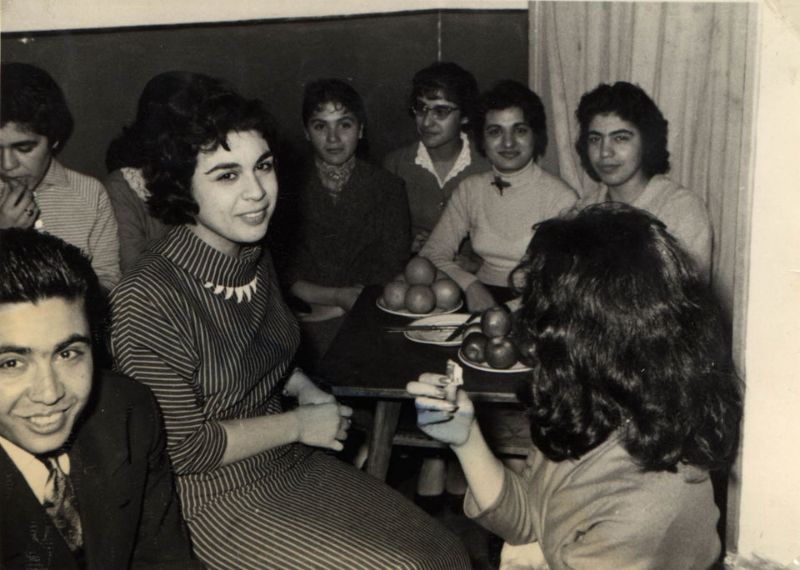

Video
Watch Afghanistan’s Golden Age: The Land Where Women’s Rights Were At Par With Western Nations | NewsMo to discover the remarkable period in Afghan history when women’s rights were on par with those in Western nations. A powerful look at Afghanistan’s past!
Conclusion: The Lasting Legacy of Pre-Revolution Iran
The Iran that existed before the 1979 revolution was one of rapid modernization, Westernization, and significant social change. It was a time when Iran was at the crossroads of tradition and modernity, a time when the country was trying to balance its cultural heritage with the pressures of globalization. The revolution of 1979 marked a dramatic break from this path, ushering in an era of Islamic theocracy that would profoundly change the country for generations. The vintage photographs from this period offer a glimpse into a world that no longer exists, showing a more liberal, modern Iran before the rise of conservative Islamic rule. These images stand as a testament to the changes that Iran underwent and the ongoing impact of the 1979 revolution on the country’s development.
